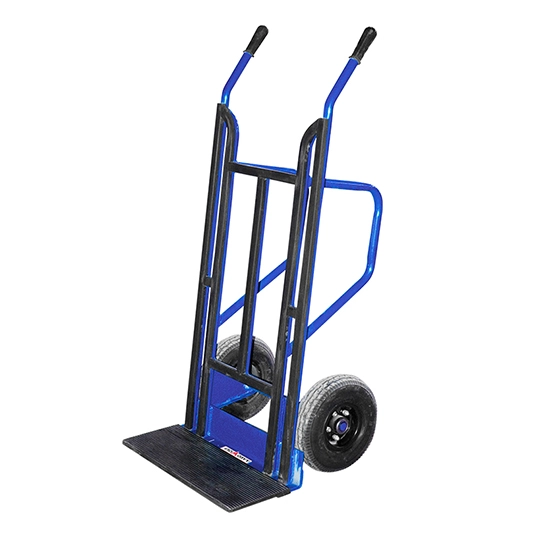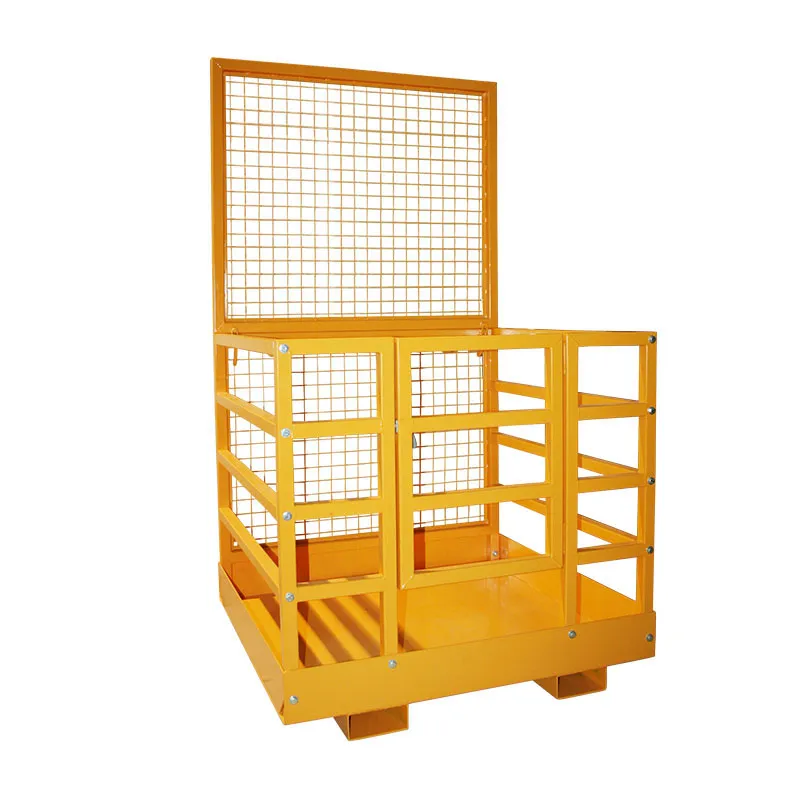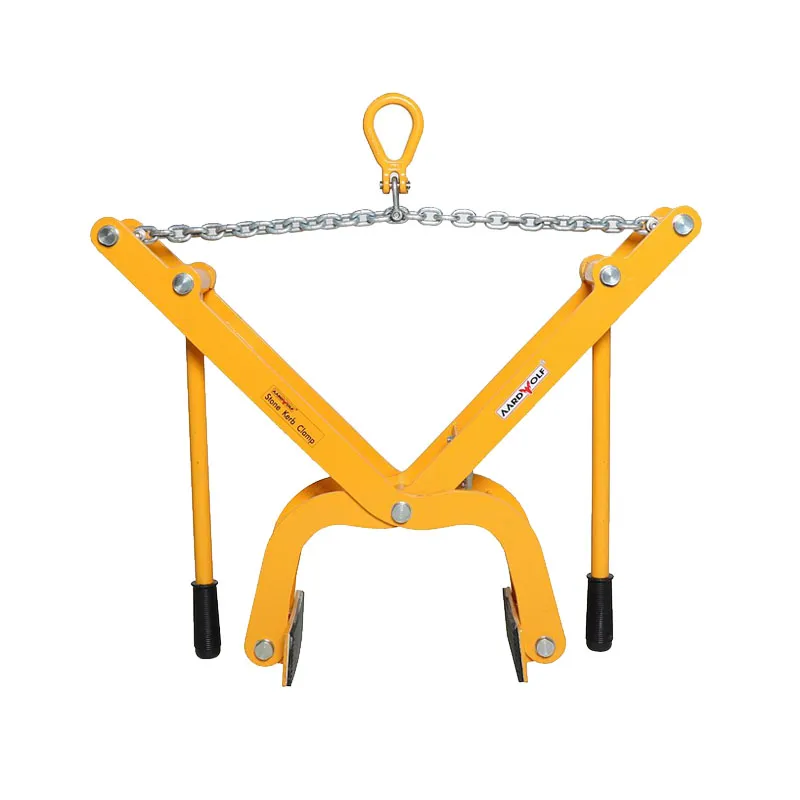Material handling is the backbone of every warehouse, construction site, and manufacturing facility. But as technology advances and labor shortages affect industries worldwide, material handling systems play a pivotal role in shaping the human workforce—impacting job safety, productivity, labor demand, and the very nature of work itself.
In this article, we explore the far-reaching impact of material handling on the human labor force, strategies for optimizing your workforce, and how leading equipment and best practices can help your business thrive even in tight labor markets.

Table of Contents
ToggleWhat Is Material Handling?
Material handling is the movement, protection, storage, and control of materials throughout manufacturing, warehousing, distribution, and disposal. It includes everything from simple wheelbarrows and carts to automated conveyors, forklifts, and advanced lifting equipment.
Learn more: What Is Material Handling?

How Material Handling Shapes the Human Labor Force
1. Reducing Physical Strain and Workplace Injuries
Traditionally, material handling required intensive manual labor—workers lifting, moving, and transporting goods by hand. This often led to injuries, fatigue, and high turnover rates.
Modern Solutions:
- Lifting equipment for construction like Aardwolf Slab Lifters, Vacuum Lifters, and Jib Cranes reduce the need for manual lifting, protecting workers from back injuries and musculoskeletal disorders.
- Forklifts for construction and powered carts enable safe movement of heavy loads, improving ergonomics for workers.
Result:
Improved safety, lower injury rates, and longer, healthier careers for employees.

2. Improving Worker Productivity and Job Satisfaction
By automating repetitive and strenuous tasks, material handling systems enable workers to focus on higher-value activities.
- Conveyors in construction and warehousing speed up the transport of materials, allowing staff to concentrate on skilled work like quality control or equipment operation.
- Automation frees up human resources for roles that require critical thinking, technical skills, or direct customer interaction.
Result:
Higher productivity, increased morale, and greater employee retention.
3. Adapting to Labor Shortages and Workforce Challenges
With ongoing labor shortages in logistics, construction, and manufacturing, businesses must do more with less.
How Material Handling Equipment Helps:
- Automated systems (e.g., conveyors, robotic palletizers) reduce reliance on manual labor.
- Material handling Equipment such as automated storage solutions can maintain or boost output with fewer workers.
- Flexible tools—carts, wheelbarrows, Vacuum Lifters—enable cross-training and multi-role assignments.
Result:
Businesses maintain service levels and growth despite a tight labor market.
4. Supporting Training and Upskilling
Modern material handling requires workers to operate and maintain sophisticated equipment. This creates demand for upskilling, training, and certifications.
- Workers become proficient in using advanced Material-handling Equipment, software, and safety systems.
- Upskilled workers command higher wages and are more valuable to their employers.
Result:
A more skilled, versatile, and future-ready workforce.
5. Reducing Labor Costs in Construction and Warehousing
Automated material handling minimizes manual processes, reducing headcount and overtime costs while still enabling greater throughput.
- Conveyors, pallet jacks, and automated vehicles handle repetitive movement, slashing manual labor needs.
- Smart storage solutions maximize space, reducing the need for staff to organize or retrieve items manually.
Result:
Significant savings on labor costs, reduced overtime, and more predictable operational expenses.
6. Improving Safety and Compliance
Safety is a key outcome of good material handling. By minimizing dangerous manual lifting and standardizing processes, companies create safer work environments and comply with regulations.
- Hoists and cranes, Vacuum Lifters, and Jib Cranes handle loads that would be risky for human workers.
- Regular training and equipment maintenance foster a safety-first culture.
Result:
Fewer workplace accidents, reduced workers’ compensation claims, and compliance with safety laws.
7. Minimizing Material Waste and Inefficiency
Errors and mishandling by fatigued workers can result in costly waste. Smart systems automate the handling, storing, and retrieval of goods to reduce error rates.
- Digital tracking, sensors, and automated controls keep inventory and workflows on track.
- Fewer mistakes mean less wasted material and more accurate order fulfillment.
8. Transforming Roles and Creating New Opportunities
As material handling evolves, so do job roles. There’s a shift from pure manual labor to more technical and supervisory positions:
- Equipment operators
- Maintenance technicians
- Safety supervisors
- Warehouse and inventory managers
This shift supports long-term career growth and makes the sector more attractive to younger workers.
Best Practices for Optimizing the Human Factor in Material Handling
- Invest in the right equipment: Use Aardwolf Slab Lifters, Vacuum Lifters, and automated systems to reduce physical strain.
- Plan material storage solutions for easy access and minimal manual handling.
- Cross-train staff so they can operate multiple types of Material handling Equipment.
- Prioritize safety with ongoing training, SOPs, and regular equipment maintenance.
Related Resources
- What Is Material Handling Equipment?
- Which of the Following Is a Motorized Material Handling Device?
- What Is Mechanical Material Handling?
- Which Material Handling Activity Occurs After Compounding?
Conclusion
Material handling directly shapes the human labor force by reducing injury risks, lowering labor costs, enabling upskilling, and transforming job roles. As labor shortages and competitive pressures increase, companies that invest in smart material handling solutions not only become more productive—they become safer, more sustainable, and more attractive places to work.
Explore the future of material handling:


















Please log in to leave a comment.